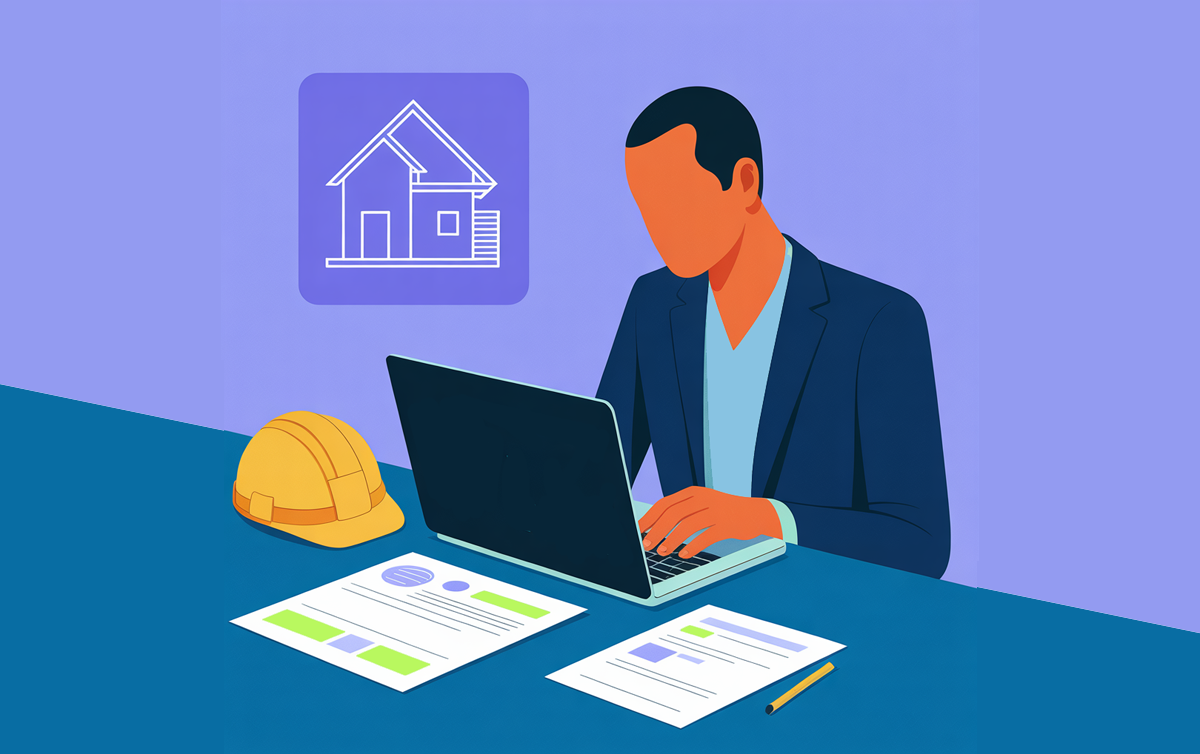We knew going into our conversation with Dave Patel, Executive Vice President and Chief Information Officer at FCCI Insurance Group (FCCI), that he’d have a seasoned perspective on technology decisions. With over 25 years in the Surety and specialty insurance space, Dave has seen the full arc of software evolution — from homegrown builds to today’s mature Software as a Service (SaaS) ecosystem. So we came prepared to talk about the classic dilemma: buy versus build.
What we didn’t expect was how definitively (and diplomatically) he’d drop the mic.
Dave doesn’t understand why any insurer would consider building their own Surety platform in 2025. And here’s the kicker — he’s done it before. Multiple times. So, when he says, “We are an insurance company first. Our IP is our product, our service, our people — not the software,” it means something.
This Q&A spans more than platform philosophy. Dave breaks down how FCCI uses best-in-class tools to deliver frictionless Surety experiences — from automated underwriting workflows to intelligent submission routing. He also shares architectural must-haves for SaaS providers. And, yes, since he lives in Sarasota, Florida, we managed to find out if he’s a beach person.
Q: What’s it like working in the Surety industry?
Dave: Specialty insurance, including Surety, is a niche space. You need to understand the business model and genuinely like the sector. Once people dive in and appreciate the complexity and relationships, they often stay for life. It’s a tight-knit community — everyone knows each other.
Q: What is FCCI focused on delivering exceptionally well in the specialty insurance marketplace?
Dave: We take an ecosystem approach to provide frictionless service and experiences for agents, producers and insureds. Seamless, web-based interfaces and ease of doing business are table stakes now. To differentiate, we stitch together cloud and SaaS capabilities — automated submission intake, underwriting orchestration, quoting and referral workflows. For example, a submission comes in via email — we ingest it automatically, run market assessments and surface it to underwriters, all in under 20 minutes.
We focus on product, rates, service, and people—and tie it all together through technology that’s configured and connected into a cohesive, modern experience.
Q: What’s your perspective on when carriers should build a proprietary Surety platform vs. buy a SaaS solution?
Dave: Before FCCI, I worked with carriers that built their own Surety platforms because we had to. Twenty years ago, off-the-shelf options didn’t exist or weren’t mature.
Today, with cloud availability, advanced languages, artificial intelligence/machine learning (AI/ML) capabilities and SaaS platforms that have robust roadmaps, building from scratch no longer makes sense for an insurer.
We are an insurance company — not a software company. Our intellectual property (IP) is our products, rates, services and people. Software is not our IP. Most of what we need today is available as cloud or SaaS, with software roadmaps we don’t have plans to invest in. Why build software when others already provide it?
For insurers navigating digital transformation, focus on what you do best. Let modern tech providers handle the operations infrastructure, and use those tools to build differentiated experiences.
So, we opt to buy, configure and integrate best-in-class solutions rather than build. This approach enables FCCI to focus on delivering differentiated experiences without reinventing core infrastructure or applications or maintaining homegrown technology.
Q: When selecting a Surety software provider, what should carriers consider?
Dave: At FCCI, choosing a technology solution follows a structured, multi-dimensional evaluation. We look at:
- Functional capabilities that meet specific business needs
- Non-functional capabilities like scalability, performance, and security
- Implementation track record and customer references
- Cost structure and alignment with requirements
- Industry input, from firms like Datos or Celent, or benchmarking services we subscribe to
- Integration support, including available Application Programming Interfaces (APIs) and systems integrators
Throughout this process, transparency and collaboration between the business, Information Technology (IT) and external partners are key. Even though Tinubu was already in our ecosystem when I arrived, we still ran a concise request for proposal (RFP) during our cloud migration to confirm it remained the best fit — evaluating functional enhancements, technical compatibility and a vendor roadmap. That approach ensured confidence that we could continue modernizing our Surety operations without disruption. This disciplined, multi-faceted evaluation helps us select — or reaffirm — software providers that align with FCCI’s strategic imperative: focus on our core IP (products, rates, service, people) while integrating best-of-breed technology via robust, extensible platforms.
Q: Outside of work, how do you recharge?
Dave: I enjoy reading, doing community service and spending time with my family — whether it’s playing sports or beach outings. That’s how I recharge.





